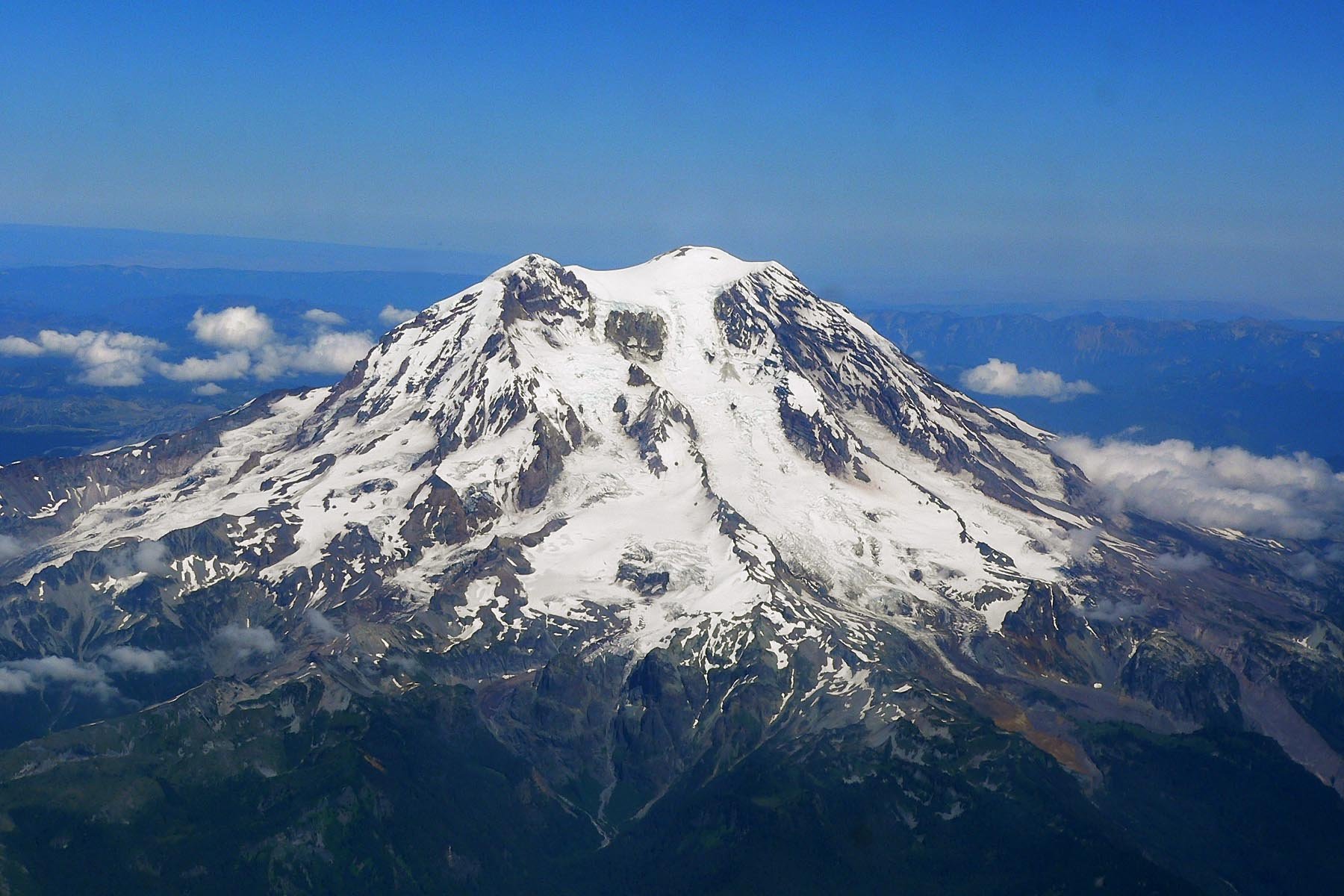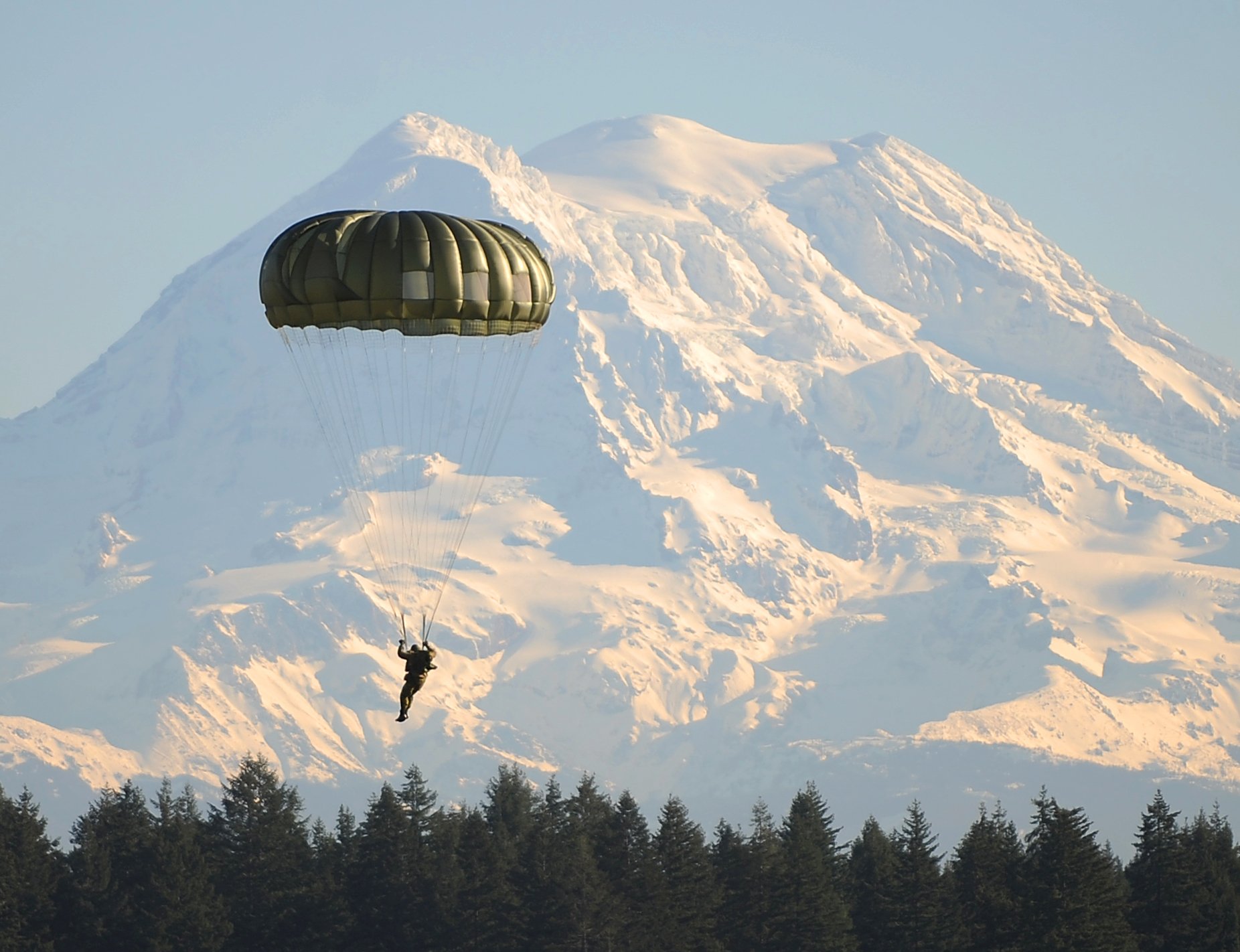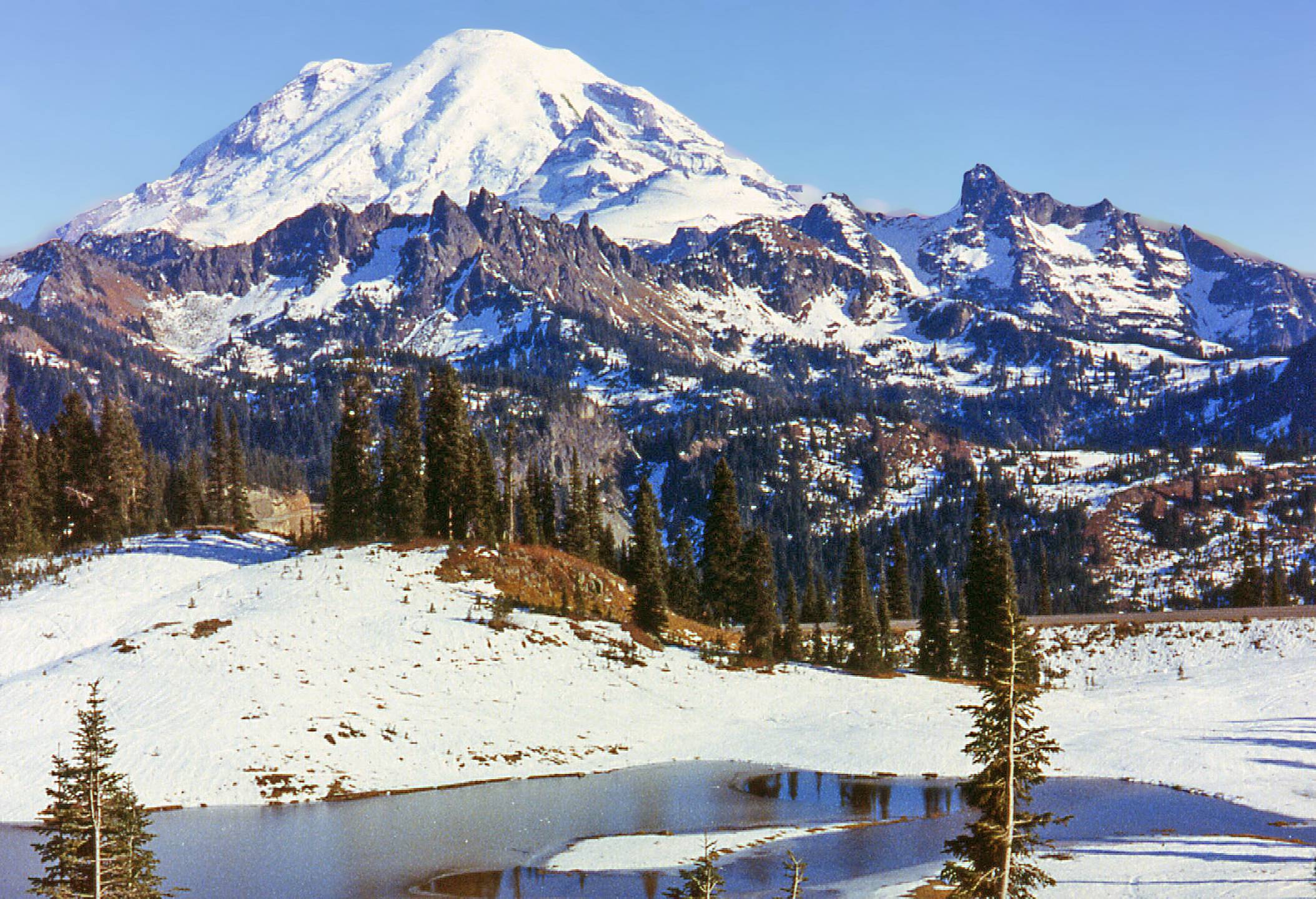Mount Rainier head to Reflection Lakes in the Paradise Area offers a stunning journey through diverse landscapes. This iconic route showcases the majestic beauty of Mount Rainier National Park, featuring subalpine meadows, pristine lakes, and panoramic views. Visitors can experience a range of hiking trails, photography opportunities, and seasonal attractions. The area is accessible via Stevens Canyon Road, with parking facilities available near the trailhead.
What Are the Best Access Points and Parking Facilities for Reflection Lakes?

Accessing Reflection Lakes in the Paradise area of Mount Rainier requires careful planning. Here are the key details:
- Parking Options:
- Main parking lots located near the Reflection Lakes trailhead along Stevens Canyon Road
- Limited spaces available, especially during peak season (July-August)
-
Arrive early to secure a spot, particularly on weekends and holidays
-
Road Access:
- Stevens Canyon Road is the primary route to Reflection Lakes
- Open to vehicles from late May to early October (typically Memorial Day weekend through early fall)
-
Subject to closure due to weather conditions or maintenance
-
Entrance Fees:
- National Park Pass required for entry
- Single-vehicle fee: $30 (valid for seven consecutive days)
-
Annual pass: $55 (unlimited entry for one year)
-
Seasonal Considerations:
- Summer (July-August): Busiest season with full facilities
- Spring/Fall: Less crowded, but some facilities may be closed
- Winter: Limited access, snowshoe or ski routes only
Which Hiking Trails Lead to Reflection Lakes?

Several hiking trails offer access to Reflection Lakes, each with unique features:
- Lakes Trail:
- Distance: Approximately 3-mile loop
- Difficulty: Moderate
- Elevation Gain: Varies (climbs to ridge above the lake)
-
Key Features:
- Starts from parking lots next to the lakes
- Climbs to Faraway Rock
- Views of Louise Lake, Stevens Canyon, and Tatoosh Range
- Eastern side steeper with rock and log steps
-
Pinnacle Peak Trail:
- Distance: 2.5-mile roundtrip
- Difficulty: Moderate to challenging
- Elevation Gain: 1,050 feet
-
Key Features:
- Leads to saddle between Pinnacle Peak and Plummer Peak
- Panoramic views of Mount Rainier, Mount Adams, and Mount St. Helens
- Reaches edge of Butter Creek Research Natural Area
-
Wonderland Trail Section:
- Distance: Varies (part of 93-mile circumnavigation trail)
- Difficulty: Moderate
- Key Features:
- Connects to Reflection Lakes
- Routes towards Narada Falls and Stevens Canyon
- Part of larger trail system around Mount Rainier
When Is the Optimal Time for Photography at Reflection Lakes?
Capturing the perfect shot at Reflection Lakes depends on several factors:
- Seasonal Considerations:
- Summer (July-October): Ideal for wildflowers and clear reflections
- Autumn (late August-mid-September): Fall colors enhance landscapes
-
Winter: Serene snow-covered scenes (accessible via snowshoes)
-
Time of Day:
- Early Morning: Soft light, calm waters for reflections
- Late Afternoon: Golden hour lighting enhances colors
-
Avoid Midday: Harsh shadows and potential glare
-
Weather Conditions:
- Overcast Days: Soft, even light for balanced exposures
- Clear Days: Dramatic mountain reflections and vibrant colors
-
Changing Weather: Be prepared for rapid shifts in mountain climate
-
Seasonal Events:
- Summer Wildflowers: Colorful foregrounds for mountain shots
- Autumn Foliage: Rich colors contrast with snow-capped peaks
- Winter Snowscapes: Pristine white landscapes for minimalist compositions
What Photography Techniques and Equipment Are Recommended?
To capture the best images at Reflection Lakes, consider these tips:
- Composition Techniques:
- Use lakes as reflective surfaces for symmetrical images
- Incorporate foreground elements (wildflowers, rocks) for depth
-
Experiment with vertical and horizontal orientations
-
Camera Settings:
- Aperture Priority: f/8 to f/11 for landscape sharpness
- ISO: Low (100-400) for minimal noise
-
Shutter Speed: Vary for different effects (fast for crisp reflections, slow for smooth water)
-
Essential Equipment:
- Wide-angle lens (16-35mm) for expansive landscapes
- Tripod for stability in low light conditions
- Polarizing filter to reduce glare and enhance colors
-
Neutral Density filters for long exposures
-
Advanced Techniques:
- HDR (High Dynamic Range) for challenging light conditions
- Focus stacking for maximum depth of field
- Panoramic stitching for ultra-wide views
How Can Visitors Prepare for Weather and Safety at Reflection Lakes?
Ensuring a safe and enjoyable visit to Reflection Lakes requires proper preparation:
- Weather Considerations:
- Check current conditions before departure
- Be prepared for rapid weather changes
-
Pack layers for temperature fluctuations
-
Safety Essentials:
- Carry the Ten Essentials (navigation, sun protection, insulation, illumination, first-aid, fire, repair kit, nutrition, hydration, emergency shelter)
- Inform someone of your itinerary
-
Carry bear spray and know how to use it
-
Trail Etiquette:
- Stay on designated trails to protect fragile ecosystems
- Practice Leave No Trace principles
-
Yield to uphill hikers and horses
-
Emergency Preparedness:
- Know emergency contact numbers
- Carry a fully charged cell phone (reception may be limited)
- Be aware of nearest ranger stations and emergency facilities
By following these guidelines, visitors can safely enjoy the breathtaking beauty of Mount Rainier head to Reflection Lakes in the Paradise Area, capturing memories that will last a lifetime.
References:
1. National Park Service – Reflection Lakes
2. Visit Rainier – Hike to Reflection Lakes
3. Washington Trails Association – Narada Falls to Reflection Lakes

